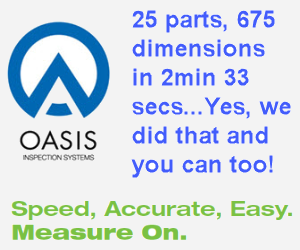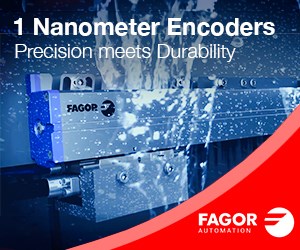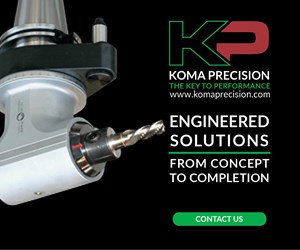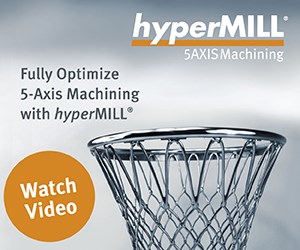Okuma HMC Provides Enhanced Cybersecurity, Versatility
Okuma America Corp. introduces the MA-4000H CNC horizontal machining center, designed with embedded cybersecurity features and “sludgeless tank” chip and coolant management technology.
Okuma America Corp.’s MA-4000H CNC horizontal machining center (HMC) features a large machining area and spindle power and speed for maximum efficiency and productivity.
The MA-4000H is designed for heavy, high-performance metal machining for both mass production and variable-volume production runs, made possible by its range of available spindle options. It is said to maintain a compact, space-saving footprint. The MA-4000H is also equipped with Okuma’s “sludgeless tank” chip and coolant management technology, which can improve chip discharge and prevent chip accumulation to optimize productivity during intense machining.
Additionally, the MA-4000H contains Okuma’s OSP-P500 CNC control. The control’s dual-core processor and advanced capabilities, paired with the MA-4000H’s rigidity, are said to enable maximum accuracy and machining performance. Additional features of the OSP-P500 control include:
- Windows-based, open-architecture platform for simplified integration to applications on the Okuma app store and beyond.
- Embedded cybersecurity features to protect operations and data.
- On-board energy management and green machining capabilities with Okuma’s thermo-friendly concept & ECO suite plus functionality.
Key specs of the MA-4000H include:
- Max machining travels: 22.05" × 25.59" × 26.97"
- Rotary pallet size: 15.7" × 15.7"
- Speed range: 15,000 rpm (12,000 rpm, 20,000 rpm)
- Spindle power: 51 hp
- Rapid traverse: 2,362 ipm
Related Content
-
Romi Launches Flatbed Lathe for Machining Large Parts
The C 1100H is a heavy-duty flatbed lathe built with a monoblock cast iron bed that absorbs machining efforts and vibration, making it highly rigid, stable and accurate.
-
How to Start a Swiss Machining Department From Scratch
When Shamrock Precision needed to cut production time of its bread-and-butter parts in half, it turned to a new type of machine tool and a new CAM system. Here’s how the company succeeded, despite the newness of it all.
-
How to Successfully Adopt Five-Axis Machining
While there are many changes to adopt when moving to five-axis, they all compliment the overall goal of better parts through less operations.
.jpg;maxWidth=970;quality=90)









.jpg;maxWidth=300;quality=90)

